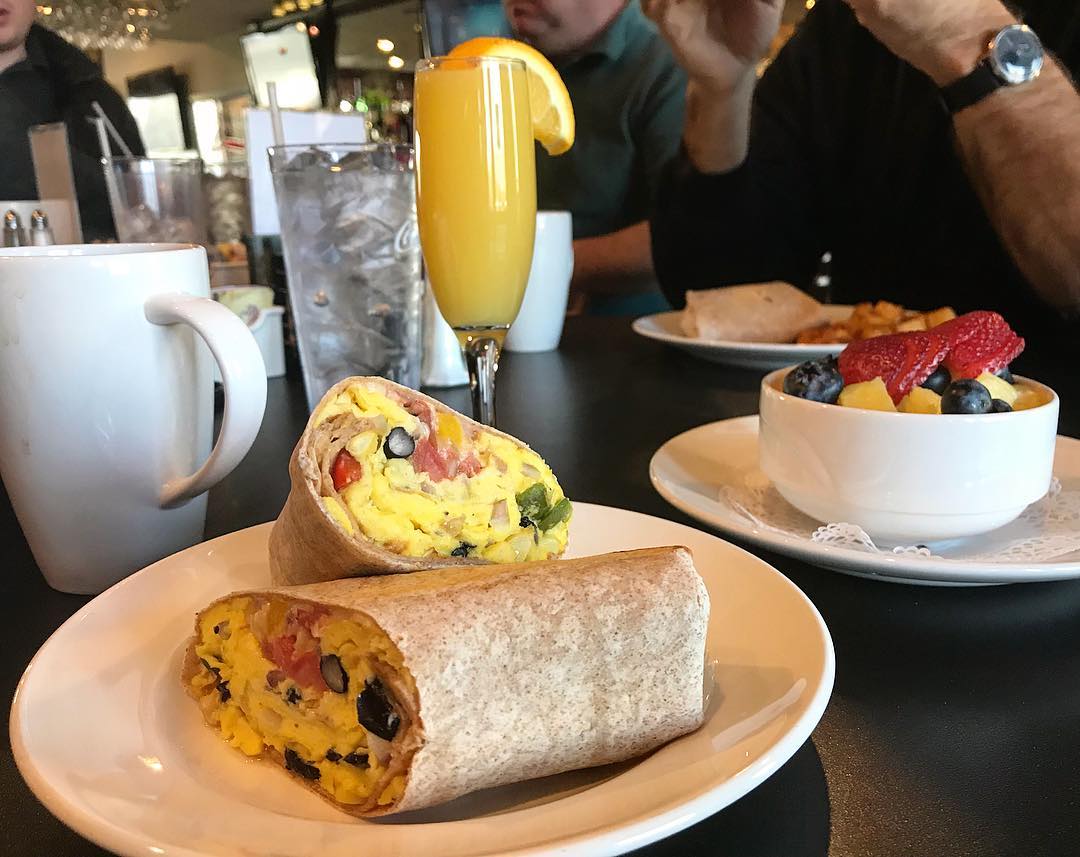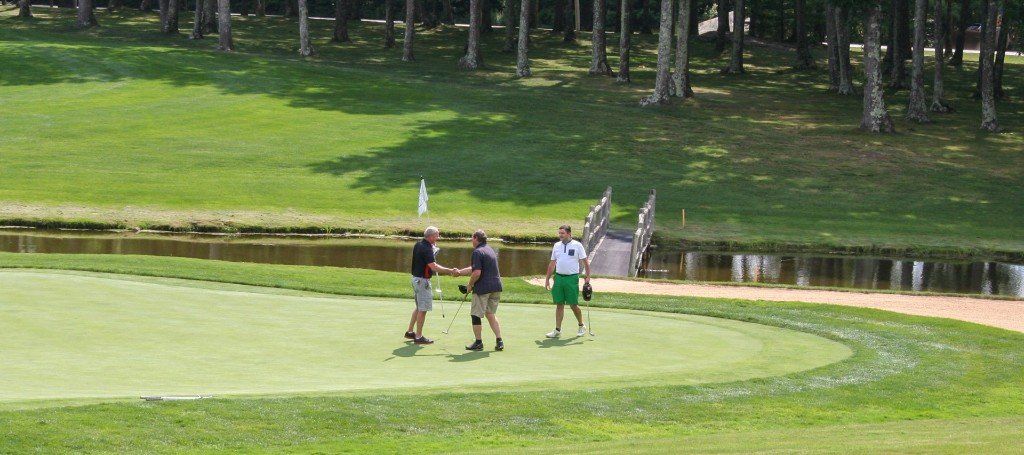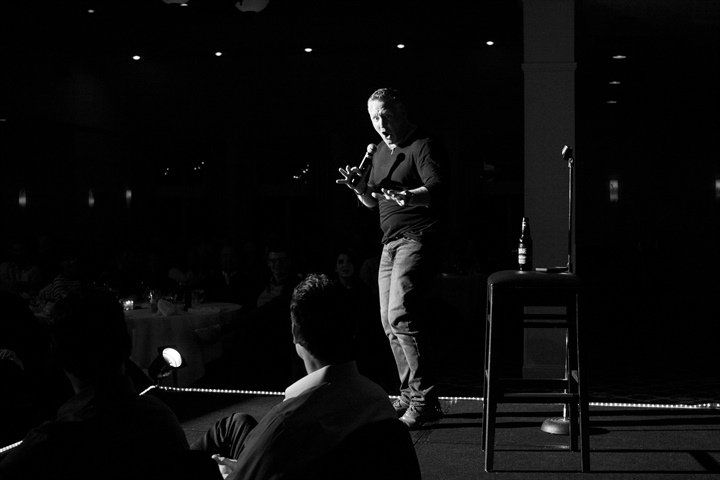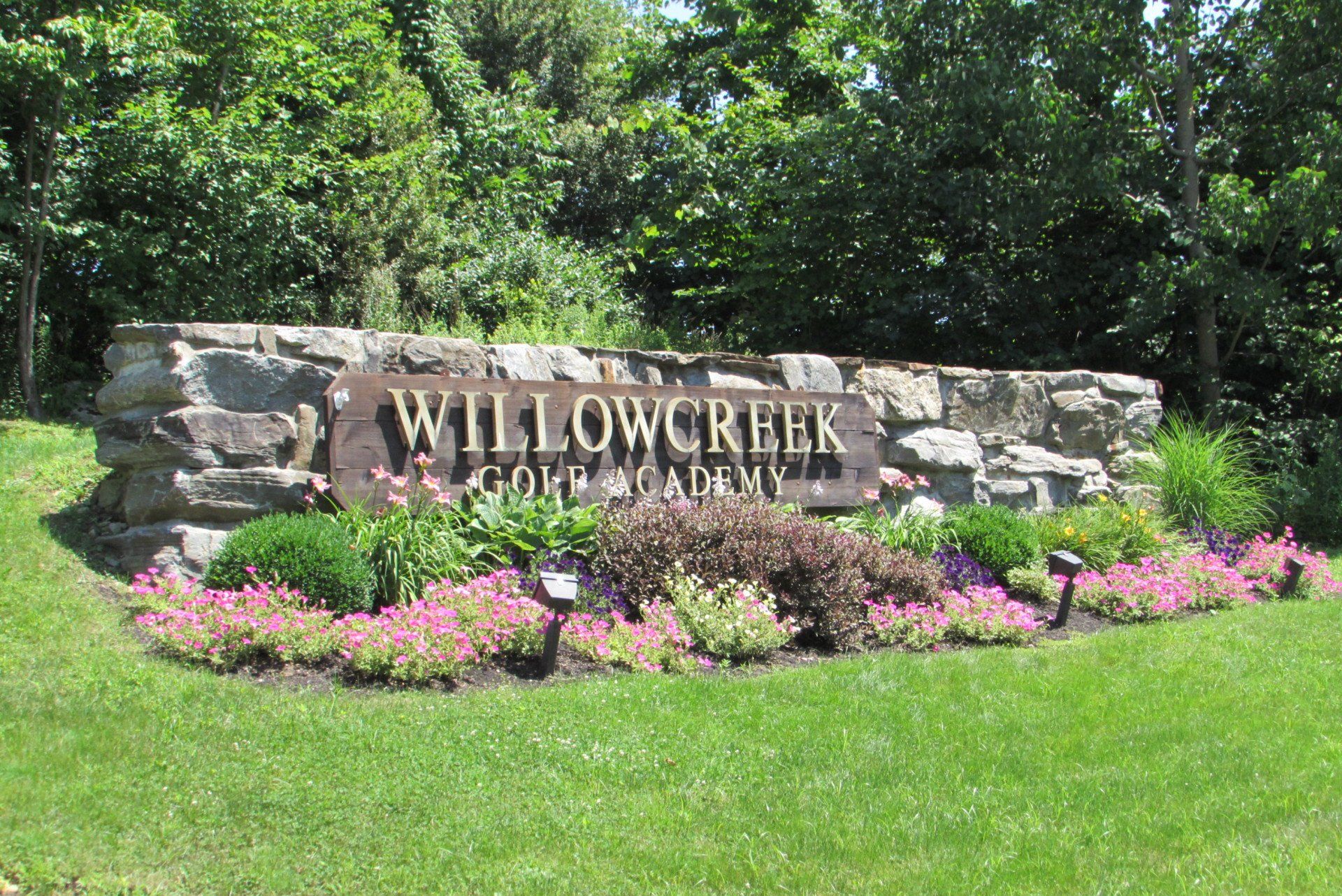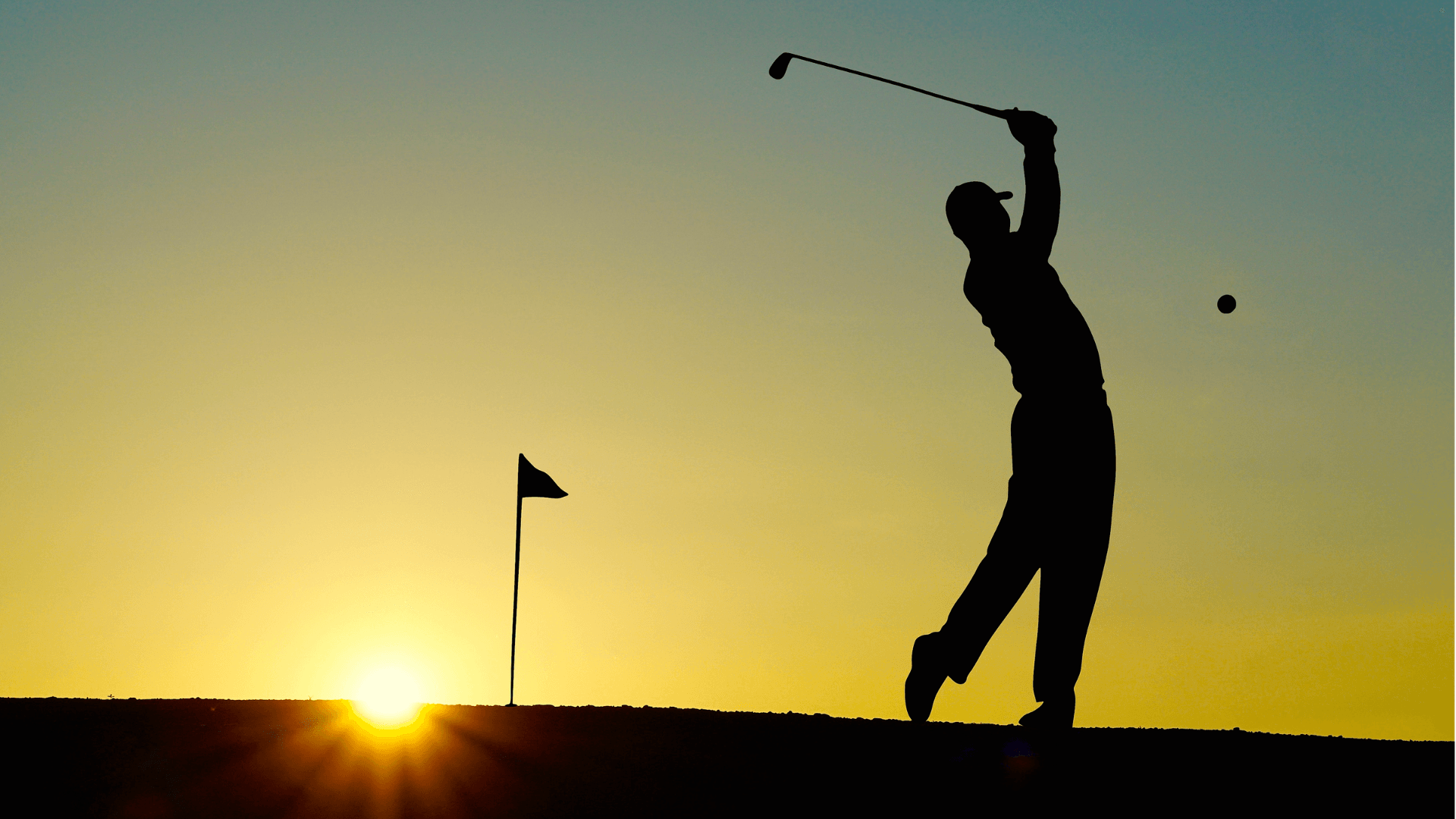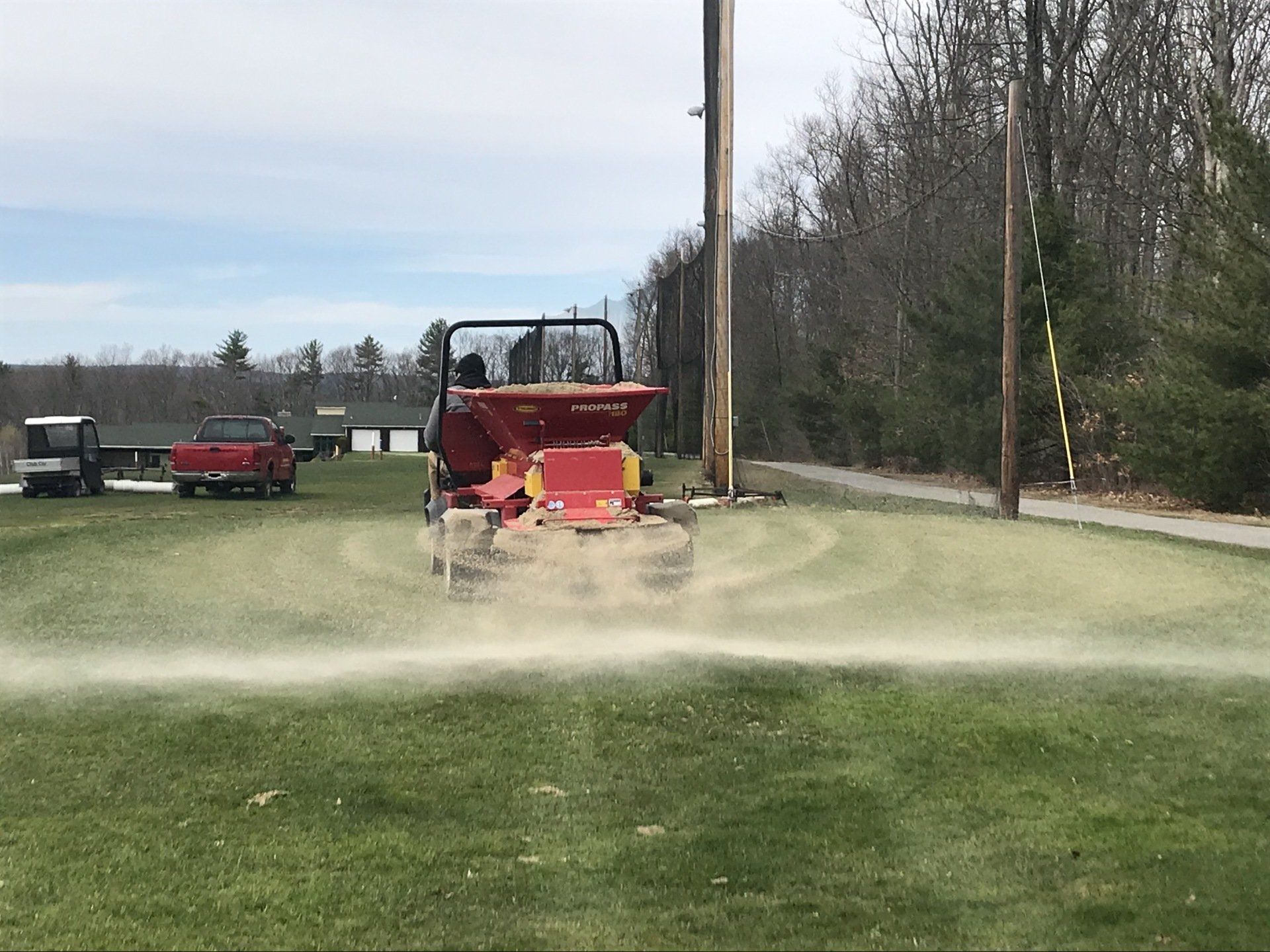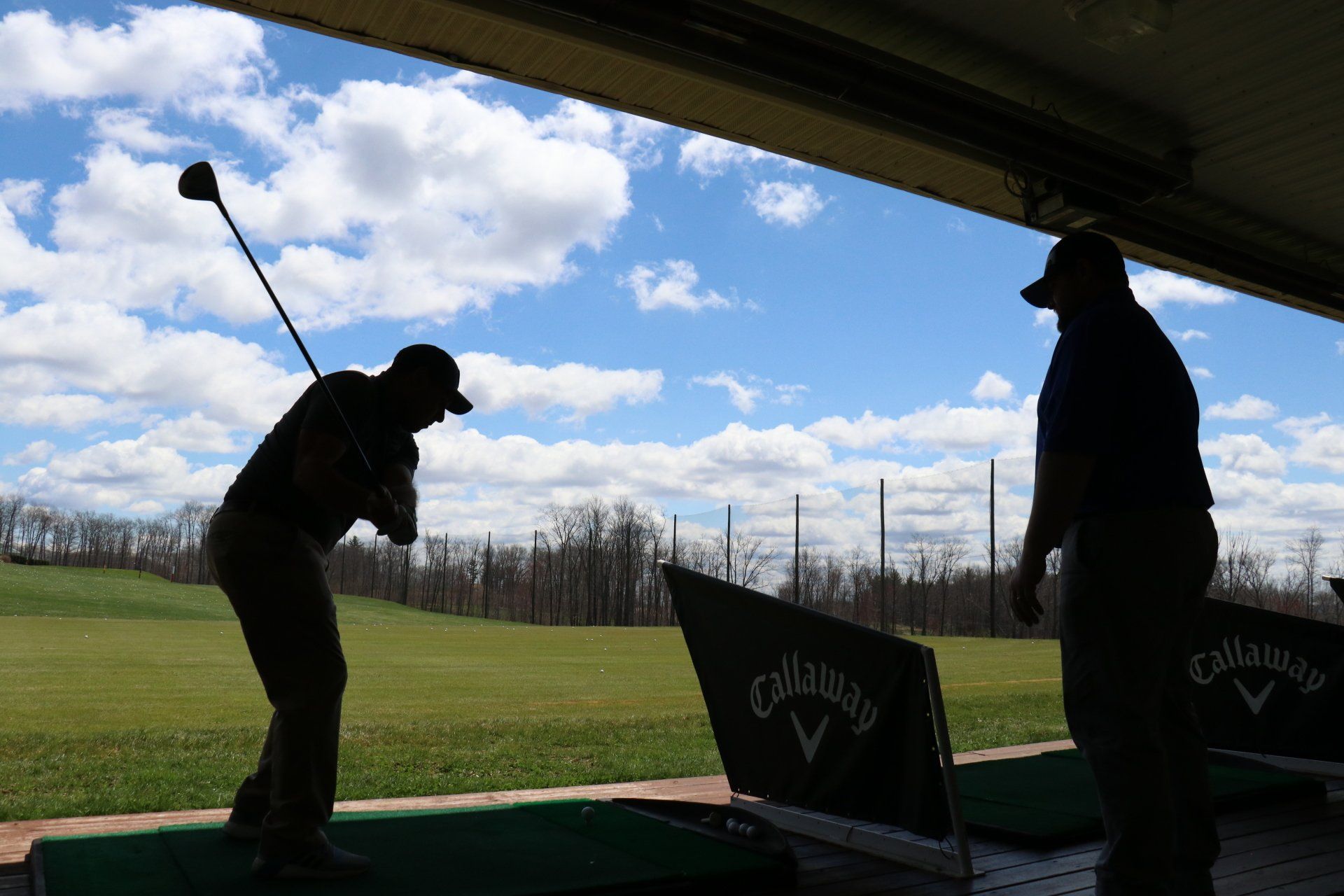What to Know About Club Fitting: Irons
In our last edition of What to Know About Club Fitting, we discussed the necessary preparation for the club fitting. Today, we'll explore the first steps of the club fitting experience.
After loosening up and hitting some warm up shots at Willowcreek Golf Academy, our club fitting specialist JT Dowd will show golfers to one of their three private coaching studios.
Each coaching studio features a multi-camera V1 Pro Video Analysis Software with Branded Academy, and Trackman. With these technologies, the club fitting specialist can measure important qualities of your swing based on the speed of the ball, the amount of spin you give it, and the balls flight path.
“Each player’s target numbers will be different, but we usually want players to hit their shots a certain height, in the range of 20-30 yards high, with enough spin to help them hold a green,” JT said.
To start, JT prefers the golfer use a seven iron. Seven iron is typically the iron manufacturers supply as their fitting clubs, and he wants to be able to compare a player’s current clubs to the new models that are available.
The golfer then takes a few practice swings with their club while the fitter monitors the flight pattern of the ball. These shots are played from a mat that replicates a fairway lie, yet keeps the golfer in a consistent, fixed place.
The golfer then takes several shots. Each time, the launch monitor measures key factors such as the balls carry distance, total distance, club speed, spin, height and land angle.
Once your swing characteristics have been narrowed down, the club fitter will put together "typically anywhere from three to five irons" based on the analytics. At Willowcreek Golf Academy, the club fitting specialists can put together customizable clubs with unique heads and shafts. Willowcreek Golf Academy builds sets of clubs using brands such as Titleist, Ping, Callaway, Mizuno, and TaylorMade.
Each player’s swing speed and delivery will help the fitter determine the correct shaft material (graphite or steel) and flex (ladies, senior, regular, stiff, extra stiff), as well as the lie angle. Once the selection is complete by the club fitting specialist, the golfer will work with the different clubs while they continue to be monitored.
"Typically, you give customers a couple to work with at first," said JT. "But eventually one or two clubs will start to show themselves as the most consistent, or give the golfer better feel and feedback.” From there small tweaks will help the fitter, and golfer, determine which model will be best for them.
Once you find the right club for you, your irons are finished. For JT, this process is crucial considering the ubiquity of irons on the course.
"When it really comes down to it, a club fitting is important for three reasons," said JT. "It will help you hit more solid shots; it will help you hit it farther; and it will help you have more fun. There is nothing more discouraging than people who want to play but just end up getting frustrated because they aren't using the equipment that's right for them."
Stay tuned for our next article on fitting for drivers. If you are ready to schedule an appointment, reach out to JT today at jt@atkinsoncc.com.

